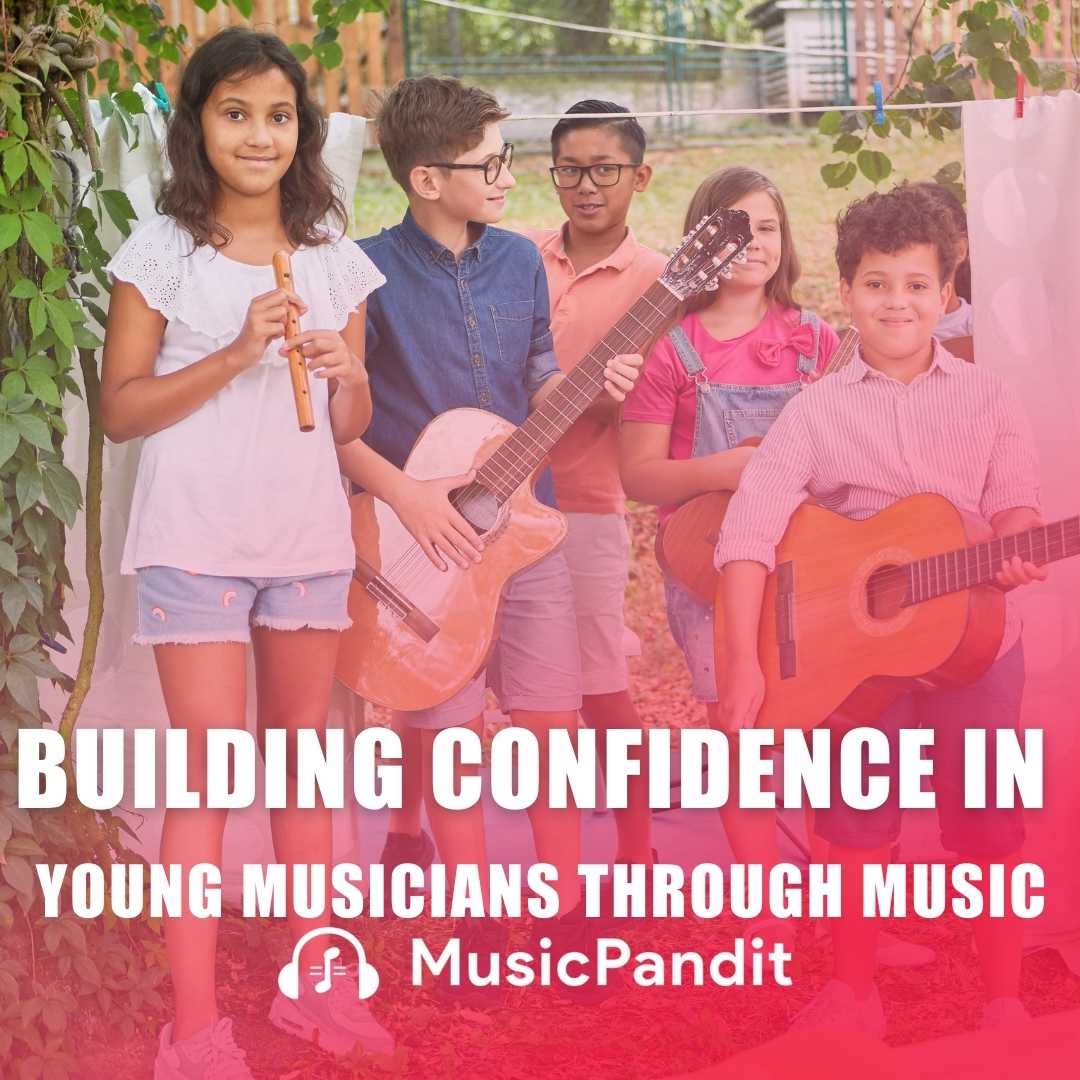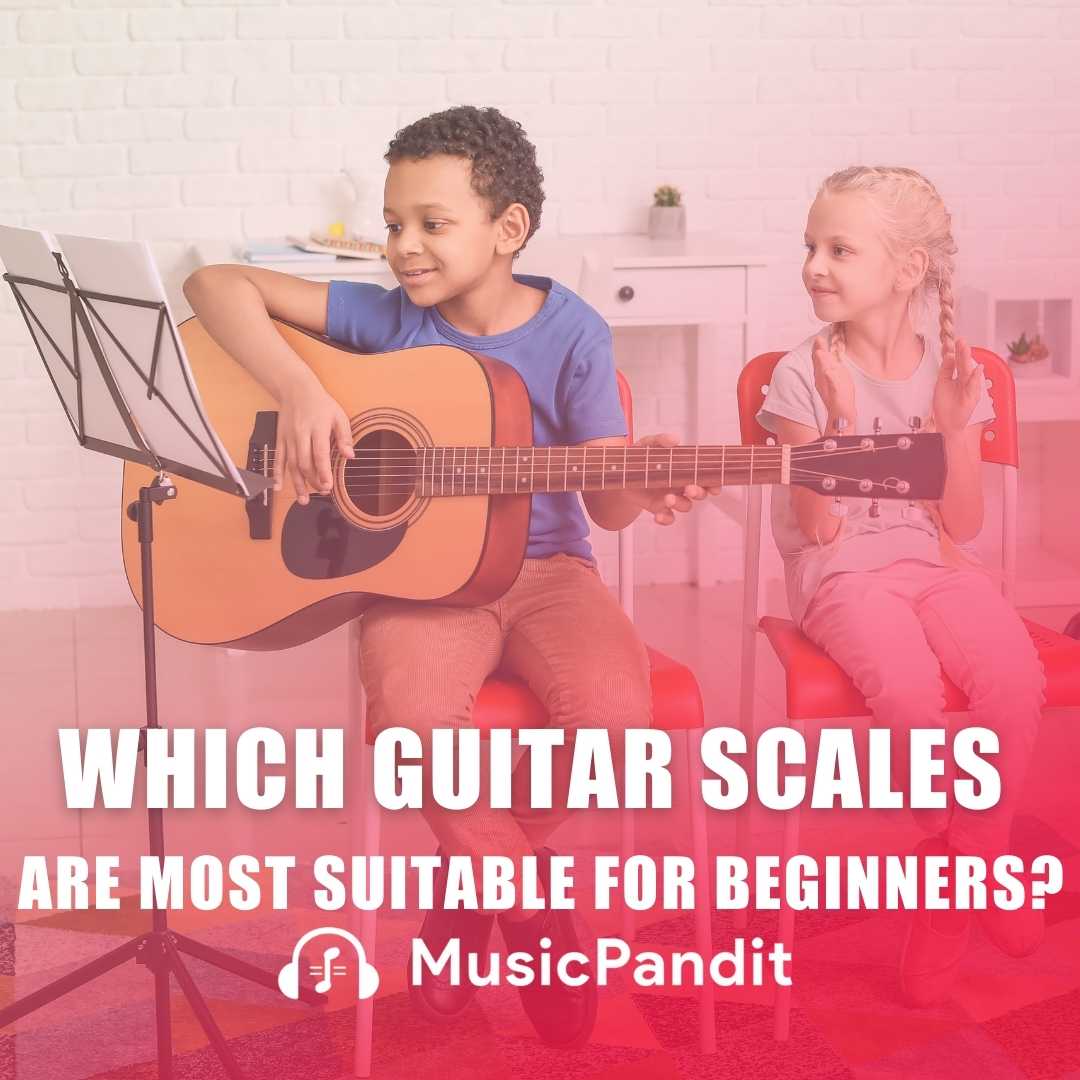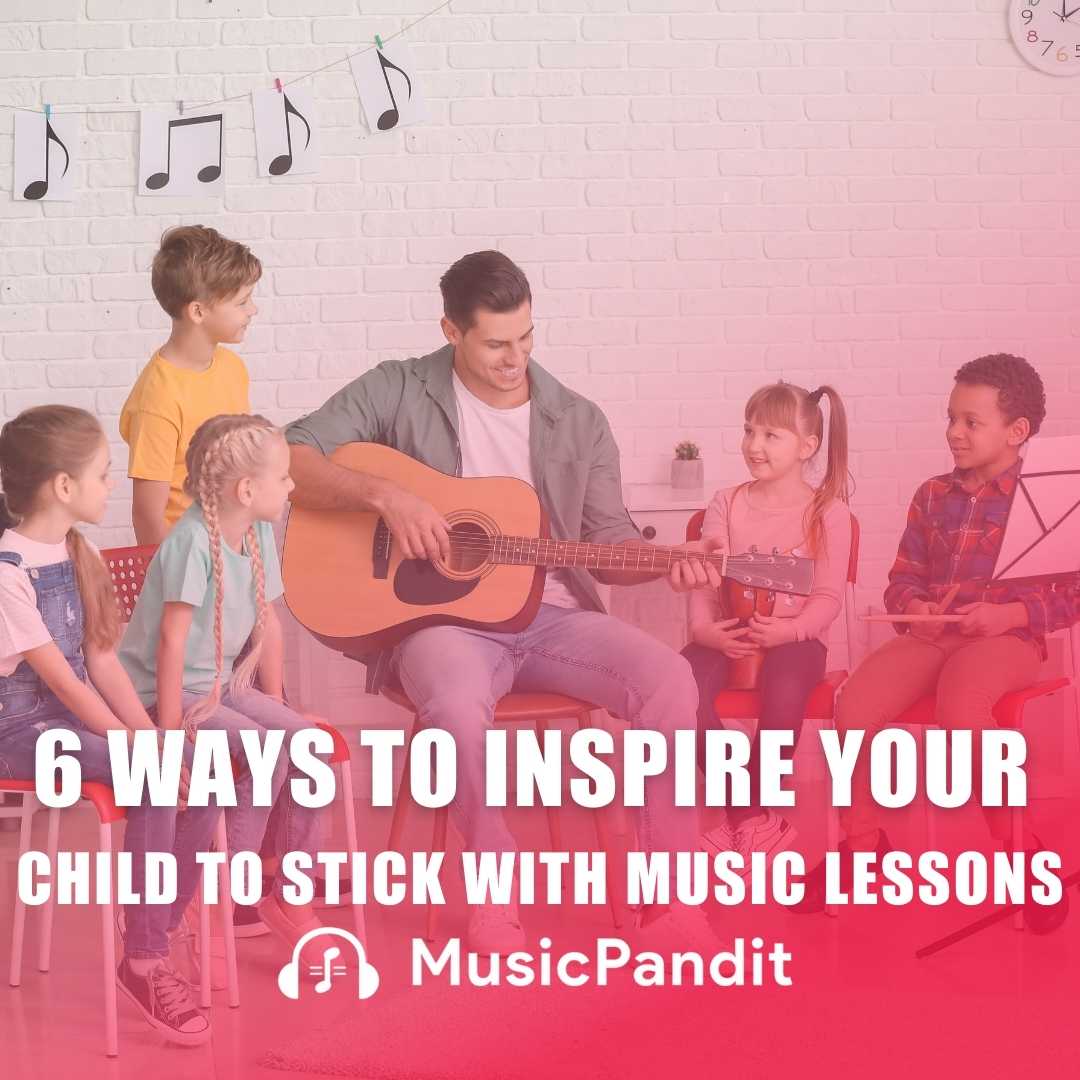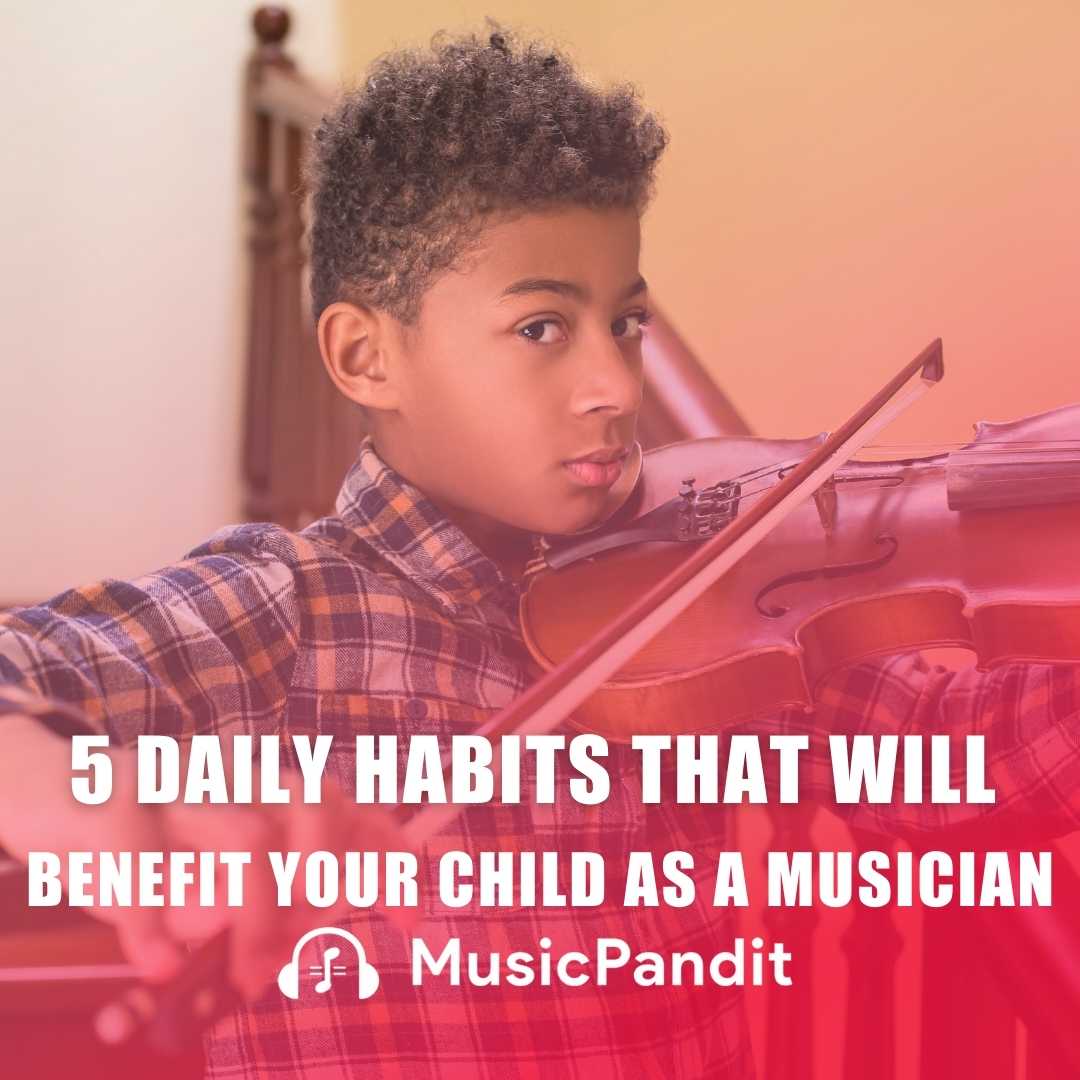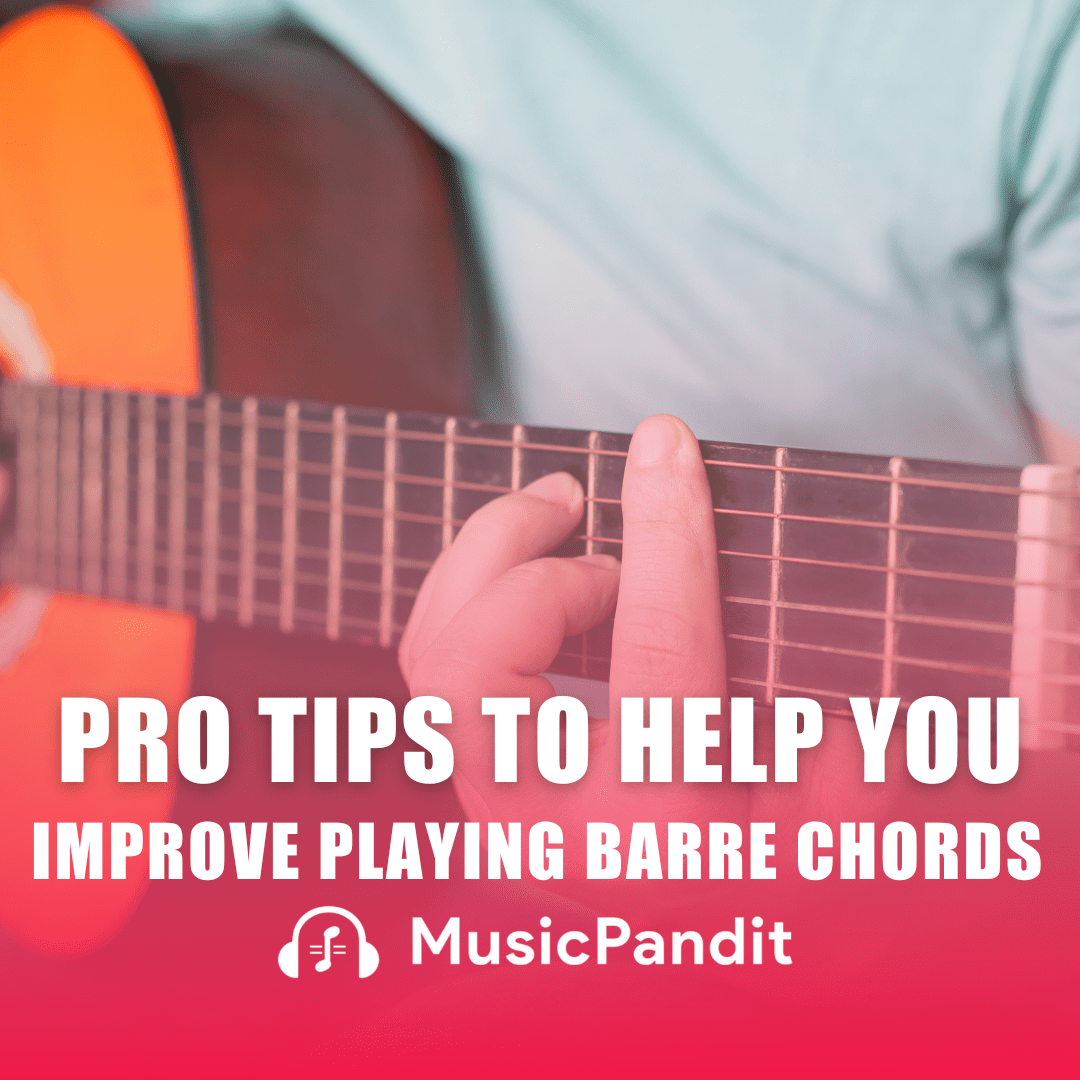Learning to play a musical instrument can be a transformative experience for children, unlocking their creativity, enhancing cognitive skills, and fostering a deep appreciation for music. Among the various instruments available, the keyboard stands out as an accessible and versatile option for young learners. Its intuitive layout, wide range of sounds, and ability to replicate various instruments make it an ideal choice for children interested in exploring music. Keyboard lessons not only teach musical skills but also promote discipline, concentration, and emotional expression.
For parents considering keyboard lessons for their children, understanding the journey ahead is crucial. This guide aims to provide a comprehensive overview, from the initial steps of choosing the right equipment to the long-term benefits and milestones of learning to play the keyboard.
Getting Started: Choosing the Right Keyboard and Equipment
The first step to any successful child’s musical journey is choosing the right keyboard and equipment. Look at the features of a keyboard such as number of keys, touch sensitivity, and built-in sounds; for instance, most beginners would do fine with 61 keys while more advanced players might prefer full-sized 88-key keyboards. Also ensure that models have adjustable stands along with comfortable benches so that children can always sit correctly during practice sessions. In addition headphones are necessary both for allowing them not to disturb others as well as giving an immersive experience.
But don’t stop at just the instrument itself – think about other things which can help make learning more enjoyable too! For example sustain pedals can mimic those found on acoustic pianos whilst music stands and sheet music holders keep everything organised in one place.
Also if you buy a keyboard with MIDI compatibility it opens up a world of digital resources plus recording capabilities thereby making your child’s musical exploration more flexible.
Finding a Qualified Instructor or Online Course
When you have the required instruments, find a competent teacher or register your kid into an online school that is known. An experienced teacher may greatly influence your child’s improvement in addition to making learning the piano enjoyable for them. When looking for one, consider those who have previously worked with children; they should also be passionate about teaching and follow a well-structured program that covers technical skills as well as music theory.
Online courses are flexible because they allow students to learn at their own pace from home but this does not mean any course will do. Ensure it has interactive features such as video tutorials and feedback assessments among others. Platforms where there are communities of learners can also boost motivation and involvement.
Basic Keyboard Techniques and Finger Exercises
At this point, your child will start with basic piano techniques and finger exercises which are necessary for establishing a solid footing in playing the instrument. These methods include hand placement, finger independence and correct posture; all geared towards building confidence and control when approaching any keyboard.
Begin with fundamental finger exercises, which should be done for each finger at a time. Compound patterns and movements can be introduced gradually as your child improves. Ensure that they play arpeggios, scales in different keys as well as chord inversions to enhance their muscle memory and finger dexterity. Consistent practice is key because it takes time and dedication to master these techniques.
Apart from technical exercises, expose them to diverse playing styles like legato (smooth and connected), staccato (short and detached) or dynamics (soft/loud). As you do this, also make sure that there are pieces of music which incorporate these elements so that they can apply what they have learned in context while developing their playing style.
Understanding Music Theory Essentials
Music theory is crucial for any musician, regardless of age or instrument being played. Therefore, teach your young keyboardist some basics concerning musical notation such as reading notes on staff lines spaces between them etcetera; rhythms including rests dotted quarter notes triplets etcetera; time signatures like 2/4 3/4 4/4 etcetera among others. Explain also clefs used in sheet music bass treble alto tenor soprano etcetera; dynamics forte piano mezzo-forte crescendo diminuendo decrescendo sforzando etcetera; rests whole note half quarter eighth sixteenth thirty-second sixty-fourth etcetera.
Discuss the scales and keys by major and minor scales with their relation to chords and harmonies. Teach your child about cadences and chord progressions so that he or she can recognize typical patterns of harmony in music.
Once they have gotten used to these ideas, introduce more advanced ones like intervals, modes or chord extensions into their knowledge of music theory. You should try to inspire them with an interest in improvisation as well as chord substitution which would encourage creativity while exploring different ways of harmonising pieces too. Just mix technical skills together with a good understanding for how things work according to this science called musical theory; then your kid will grow into a keyboard player who is aware of what needs doing next.
Fun and Engaging Keyboard Games and Activities
Making music an enjoyable experience for children involves incorporating interactive games that can help them learn while having fun. Some examples include using various types of rhythm exercises which are designed around note identification on the keyboard along with ear training challenges among others. Software programs such as interactive apps offer game-like learning experiences where kids progress through levels earning rewards based on their performance record
Beside their games, also encourage your child to take part in creative activities like composing, improvising and arranging. Give them chances to make up their own music, play around with different sounds and effects as well as express their musical ideas. Collaborating with others is crucial in learning how to work together towards a common goal while improving individual skills.
Setting Goals and Tracking Progress
Equipping kids with the ability to set goals and track improvement is very important if they are to succeed in keyboard lessons. You can start by finding out from them what they want to achieve through this musical journey. Urge them on setting short-term objectives that can be accomplished within a few days or weeks alongside long-term ones which may take months or years; for instance learning some particular tunes, perfecting difficult techniques or participating in recitals/competitions among others.
With goals already established, come up with a practice routine that will enable the child to work towards achieving these targets step by step. Divide big tasks into smaller manageable parts while setting progress check points along the way. Such as when dealing with complex pieces, break them down into sections and focus on mastering each section before putting them together.
Keeping track of how far they have come is equally significant as it helps you gauge where your kid stands at any given moment besides pinpointing areas that need more attention. Use logs or diaries to write down exercise sessions, highlighting accomplishments and challenges met as well as areas to concentrate on in subsequent exercises. Take stock of progress regularly with your kid and give constructive criticism; applauding successes while providing direction for improvement.
Conclusion
Keyboard lessons for children are a gateway to the world of musical expression, creativity, and personal development. This can be achieved by providing them with necessary tools like electronic keyboards or pianos connected through MIDI cables, qualified tutors either physically present or accessed online, fundamental skills such as finger placement technique; a good grounding on music theory through reading staff notations plus learning scales & chords identification; fun-filled activities based around songs they love most coupled with step-by-step goal setting methods alongside tracking their progress systematically.
As they engage in this exciting journey of self-discovery through music making, let them try out different things without pressure from anyone else but themselves; it takes time so be patient! There will always be something new about playing an instrument so never stop having fun together during practice times even if it seems repetitive sometimes – eventually everything falls into place perfectly when you least expect it. Always remember that every child has his/her own way of learning things hence a supportive environment plays a big role in their motivation levels.

